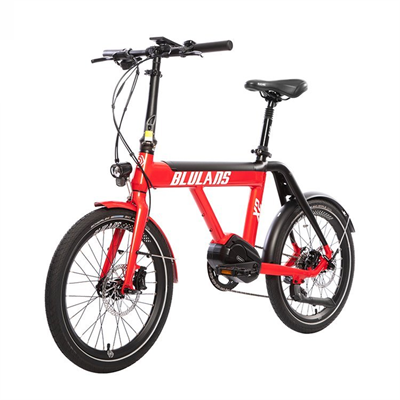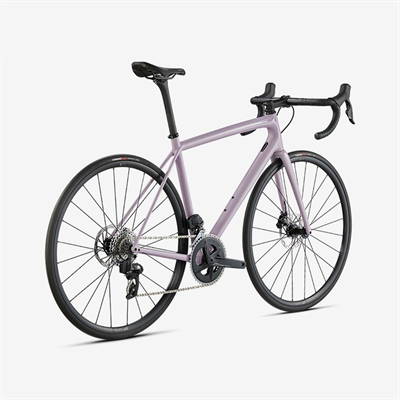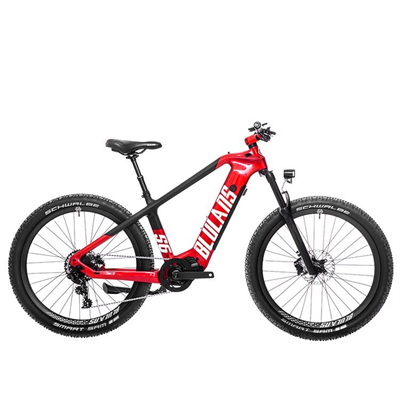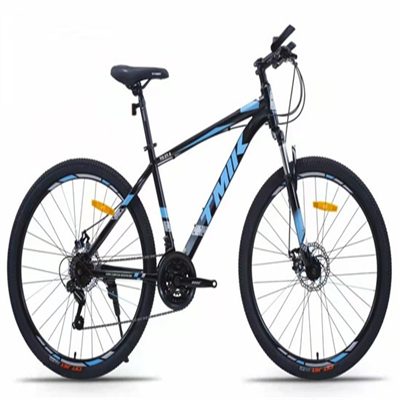How to set up a bicycle lane? These basic technical knowledge must be known!
Our country has a large number of bicycles and is a big bicycle country, but there are still some deficiencies in the design and management of the corresponding bicycle lanes. So, what are the basic technical awareness that needs to be mastered in the setting of bicycle lanes?
our country is a big bicycle country, but there is still a lot of room for improvement in the technology of the corresponding management facilities. In particular, bicycles are generally classified as non-motor vehicles at the legal level, and as slow traffic in the technical classification. This brings many problems to the use of bicycles and road design, which in turn affects the order of road traffic and destroys the fluency and safety of traffic flow. The author draws on the technical data of Western countries, sorts out some knowledge points worth thinking about, and re-examines the countermeasures for designing bicycle lanes and electric bicycle lanes.
First of all, according to the international bicycle riding technical standards, electric bicycles have continuous mechanical power, speed ability, acceleration and deceleration needs, overtaking mode, braking response, etc., which are different from the movement realized by the principle of leverage. These should be taken into account when designing bicycle lanes, as well as people's sports ability and speed characteristics. Let's start with bicycles.
First, bicycle flow is also a high-speed traffic flow formed by vehicles
This is a very important basic point of view, which is obviously different from the usual cognition of our country's transportation industry.
The travel of bicycles is a relatively high-speed movement completed by human beings with the help of mechanical assistance. The higher the speed of human operation of equipment, the more challenging people's judgment and disposal ability. When designing bicycle lanes, the selected bicycle speed indicators are not low: in the design standards of bicycle lanes in countries such as the United States and the United States, the benchmark value of conventional vehicle speed is generally 20 miles per hour (32 km/h), and then adjusted according to the situation of going downhill (downhill speed will reach 50 km/h), downwind (40 km/h) and headwind (20 km/h). The speed of bicycle lanes on general roads in the British community is 12 miles per hour (20 km/h), which is not low. From the design speed value, it can be compared. In our country's urban roads, there are not many that can reach an average speed of 30 km/h, while in the United States, when designing the turning radius of motor vehicles on urban roads, it is generally designed at a speed of 8 km/h.
 The same should be true for bicycle traffic
The same should be true for bicycle traffic
 The Shanghai New Town Cycling Race kicks off in September, w
The Shanghai New Town Cycling Race kicks off in September, w
 Judging by the physical conditions of the corridor, the flow
Judging by the physical conditions of the corridor, the flow
 The New Town Cycling Race ended successfully, making it a to
The New Town Cycling Race ended successfully, making it a to
